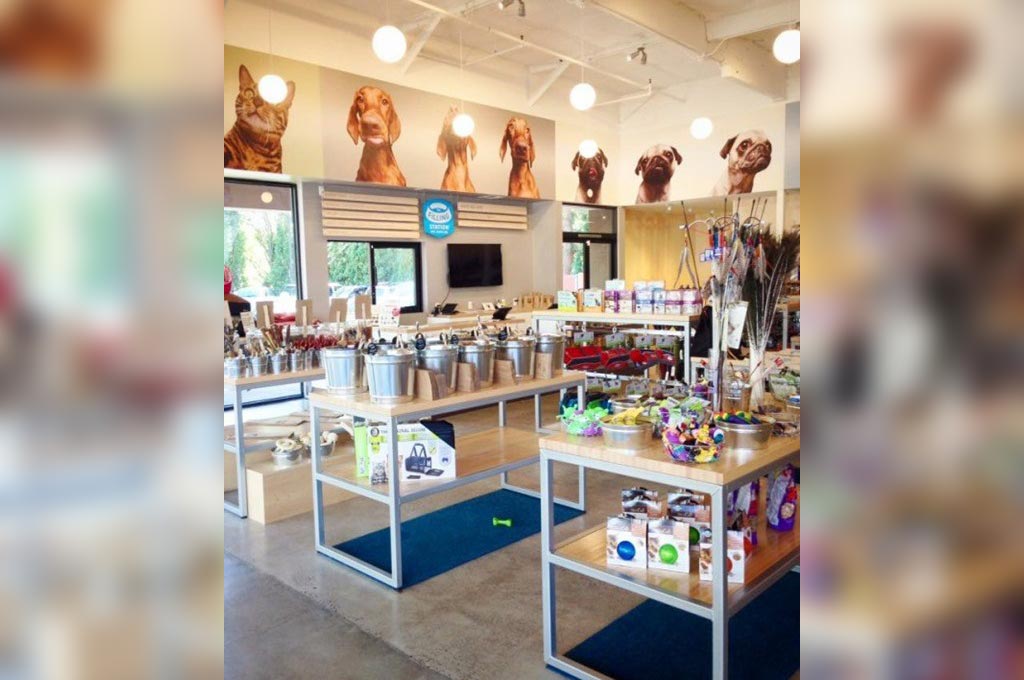 Raw bones:
Raw bones:
-will keep teeth clean and reduce tartar buildup, therefore great for reducing offensive doggie breath!
-are naturally high in essential fatty acids (EFA’s), fat soluble vitamins A, D, E, K, marrow (blood forming proteins), collagen, minerals (boron, calcium phosphate and phosphorus in the perfect ratio and availability)
-improve skin, coat and general wellbeing of your dog
-beneficial to muscle and bone development as it is an isometric exercise
-dogs can store stress in their jaw, chewing is soothing and serves as a stress release activity as it helps release endorphins which creates a feeling of wellbeing
-chicken bones are high in omega 6, essential acids and raw young bird bones are quite soft
-important for your dogs dental health as bones help prevent periodontal disease, gingivitis, and cavities therefore saving you expensive visits to the vet
-helps strengthen your dogs own bones, teeth and jaw
-will help anal glad problems, so if your dog scoots on grass this could be a sign that including raw bones in his diet would be of benefit
-dogs fed a proportion of raw meat and bone have much smaller, slightly harder and much less smellier stool
-good for dogs that are crated or confined for longer periods of time as it keep them calm and occupied
-ends of bones contain cartilage, great source of glucosamine which has anti inflammatory properties
Suitable bones MUST BE RAW and never cooked as they can splinter internally and cause impaction, also
-discourage your dog from eating old dried out bones
-avoid large marrow type bones as they can wear down teeth enamel and cause cracks
What type of bones to feed?
Always chose an appropriate bone size for your dog. Medium-large dogs: lamb shanks and necks, raw chicken and turkey necks, chicken carcasses and frames, pig’s trotters, beef marrow bones, kangaroo tails. It is always ideal for your dog to chew all bones a few times before swallowing , however if your dog gulps down rather than chewing the bones do not feed lamb shanks).
Smaller dogs, bull terriers, boxers: can be fed raw meaty bones but leave out the larger bones such as lamb shanks. Chicken necks are good for puppies and smaller dogs (or mixed up with other foods for larger dogs who chew well, otherwise they are most likely to be too small and swallowed without chewing. For puppies also try and include bones with some meat as it encourages them to use their front incisor teeth while trying to tear off the meat. This can help prevent further chewing of furniture, shoes it helps the puppy through the teething stage.
Please note that some adult dogs can’t eat any cuts of raw bone perhaps due to the shape of the head of some small breeds, or having an undershot jaw. Older dogs may have lost too many teeth and may be unable to chew bones.
Otherwise, generally feeding your dog raw bones twice weekly is a great start to introducing him to a natural form of food dogs have been accustomed to eating for thousands of years. Dogs are carnivores (meat eaters) so their entire anatomy and physiology is well adapted to digest bones. Their stomach acid is much stronger than humans so they can readily digest bits of bone and chunks of meat. Their strong stomach acid also kills any bacteria or pathogen that would otherwise be harmful to humans. Organic meat and bones are always preferable.
By feeding your dog what dogs would naturally eat in the wild you will be tremendously contributing to his welfare. Why not start by introducing a few different types of bone and create some variety to your dog’s diet this week, observe carefully when he’s eating, and come to your own conclusion!


